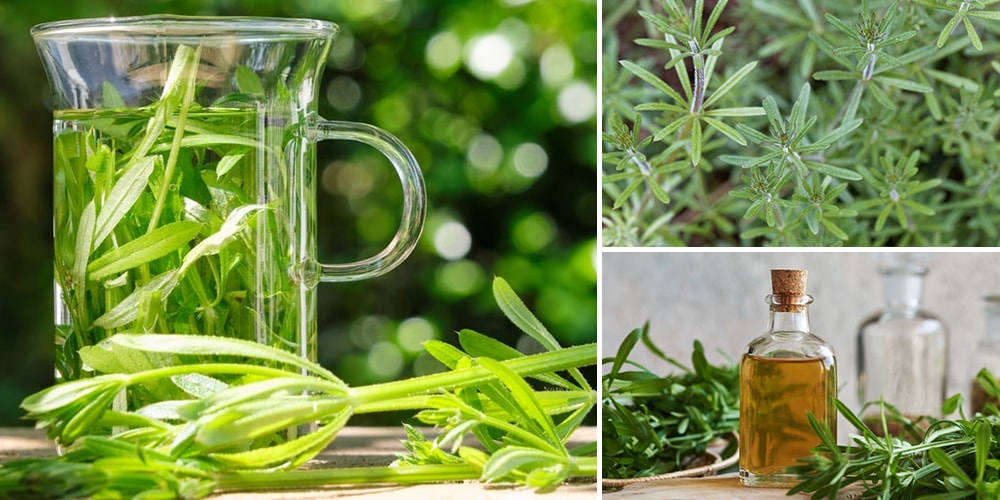
How to Use Cleavers to Your Advantage
It may look like a weed to many, but this underrated plant is actually a superherb, that can soothe a wide variety of ailments. So let’s discover how this small plant can be used to our advantage.
How to Identify Cleavers
To identify the Cleavers plant (Galium aparine) in the wild, you can look for the following characteristics:
Plant Structure: Cleavers is a herbaceous annual plant that typically grows in sprawling patches. It has square stems that are easily distinguishable by touch.
Leaves: The leaves of Cleavers are simple, narrow, and arranged in whorls around the stem, usually with 6-8 leaves per whorl. They are lance-shaped and have tiny backward-pointing hairs along the edges, giving them a rough texture.
Growth Habit: Cleavers plants tend to scramble and climb over other vegetation using their hooked bristles, which help them cling onto nearby objects. This characteristic allows Cleavers to grow vertically and form tangled masses.
Flowers: Cleavers produce small, greenish-white flowers that are star-shaped and are arranged in clusters, arising from the leaf axils. The flowers are not particularly showy and may often go unnoticed.
Seeds and Fruits: After flowering, Cleavers develop small, round seeds covered in hooked bristles, resembling tiny Velcro hooks. These seeds are known for sticking to clothing or animal fur, aiding in seed dispersal.
Cleavers typically grow in the spring and early summer. The exact timing can vary depending on the climate and geographic location. In temperate regions, you might start to see cleavers emerging in late winter or early spring, with the plants reaching their full growth and maturity by late spring or early summer.
Here is an easy guide if you want to learn more about how to correctly identify and harvest the medicinal and edible plants growing in your area.
Why You Should Add Cleavers to Your Meals
Packed with vitamins and minerals, this herbaceous plant offers numerous health benefits that are worth exploring.
Cleavers are an excellent source of vitamin C. This powerful antioxidant plays a crucial role in supporting the immune system and protecting against harmful free radicals. Additionally, it aids in collagen production for healthy skin and connective tissues.
Furthermore, cleavers contain significant amounts of vitamin A, which promotes good vision and boosts the immune system. It is also essential for maintaining healthy skin and mucous membranes.
In terms of minerals, cleavers are rich in calcium and potassium. Calcium is vital for strong bones and teeth while potassium helps regulate blood pressure levels.
Moreover, this plant contains iron—a mineral necessary for red blood cell formation—and magnesium—an essential nutrient involved in hundreds of biochemical reactions within the body.
Cleavers offer dietary fiber that contributes to digestive health by promoting regular bowel movements and preventing constipation.
Medicinal Uses of Cleavers
One of the key uses of cleavers is its ability to support the lymphatic system. The lymphatic system plays a crucial role in immune function and detoxification. Cleavers acts as a gentle diuretic, helping to flush toxins out of the body through increased urine production.
In addition to its detoxifying properties, cleavers has anti-inflammatory effects that can help ease symptoms of skin conditions such as eczema and psoriasis. Its soothing properties make it an excellent choice for relieving itching and irritation.
Cleavers has also been traditionally used to promote healthy digestion. It can help alleviate digestive discomfort by reducing inflammation in the gastrointestinal tract and supporting proper bowel function.
Furthermore, this herb has mild diaphoretic properties, meaning it promotes sweating. This makes it useful for reducing fevers and supporting overall immune health.
You can prepare it as a tea or tincture. Simply steep dried or fresh cleaver leaves in hot water for 10-15 minutes to make a refreshing herbal infusion. Alternatively, you can find ready-made tinctures at your local health food store.
Although Cleavers has diuretic properties that can help support kidney function and promote urination, excessive use may lead to dehydration. It’s important to stay adequately hydrated when consuming Cleaver-infused beverages or supplements
How to Prepare Cleavers
One of the easiest ways to incorporate cleavers into your diet is by making tea. To prepare this tea, simply steep a handful of fresh or dried cleavers in hot water for about 10 minutes. You can add honey or lemon for added flavor if desired.
Another way to use cleavers in your diet is by adding it to salads or green smoothies. The young leaves are tender and have a mild flavor that pairs well with other greens and vegetables. Just be sure to wash them thoroughly before using.
You can even try cooking with cleavers. It can be used as an ingredient in soups, stews, stir-fries, or sautéed with other vegetables. Cleavers’ slightly sticky texture adds a unique element to dishes and complements various flavors.
For those who prefer convenience, there are also powdered forms of cleavers available that can be mixed into drinks or sprinkled onto food. This provides an easy way to enjoy the benefits of cleavers without any preparation hassle.
Topical Uses for Cleavers
One popular use for cleavers is its ability to soothe and calm irritated skin. Whether you’re dealing with sunburn, bug bites, or rashes, applying a poultice or infusion made from cleaver leaves can help provide relief. The cooling effect of cleavers on the skin can reduce inflammation and itching.
Additionally, cleavers possesses mild antimicrobial properties that can aid in healing wounds and preventing infections. You can create a simple herbal salve by infusing fresh or dried cleaver leaves in a carrier oil like olive oil or coconut oil, and mixing it with beeswax.
Cleavers Infusion for Detoxification and Urinary Support
Ingredients:
- 1-2 tablespoons fresh Cleaver leaves (or 1-2 teaspoons dried)
- 1 cup of hot water
Instructions:
- Boil the water and pour it over the herbs in a heatproof container.

- Cover it and let it steep for about 10-15 minutes.
- Strain the infusion to remove the plant material, and it’s ready to drink. Sweeten with a teaspoon of honey if desired.
Usage: Drink 1 cup of Cleavers infusion 2-3 times a day.






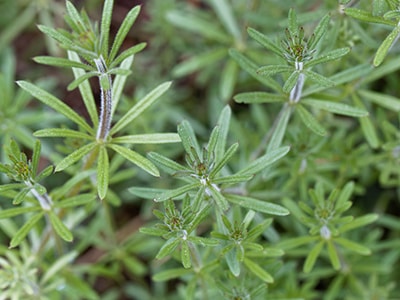
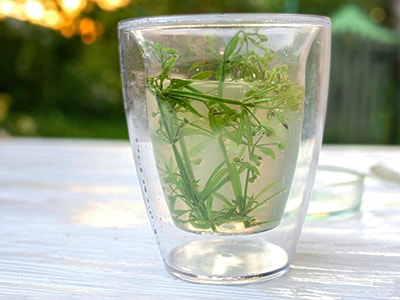
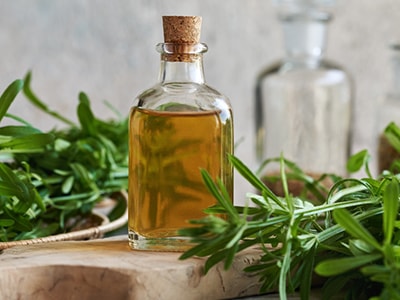
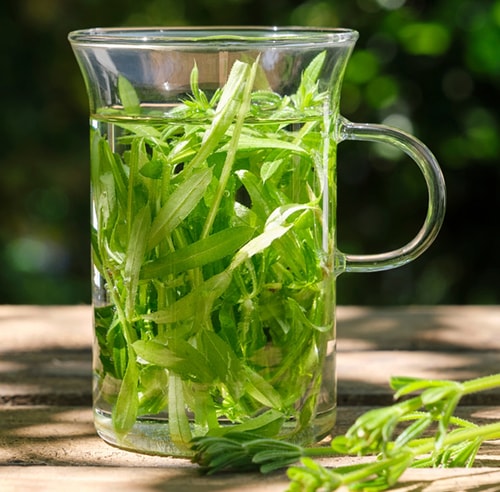
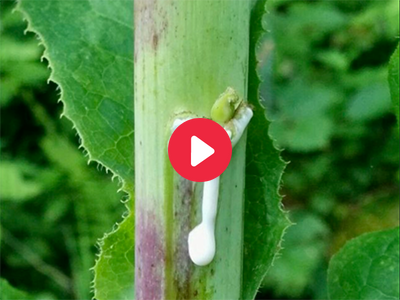

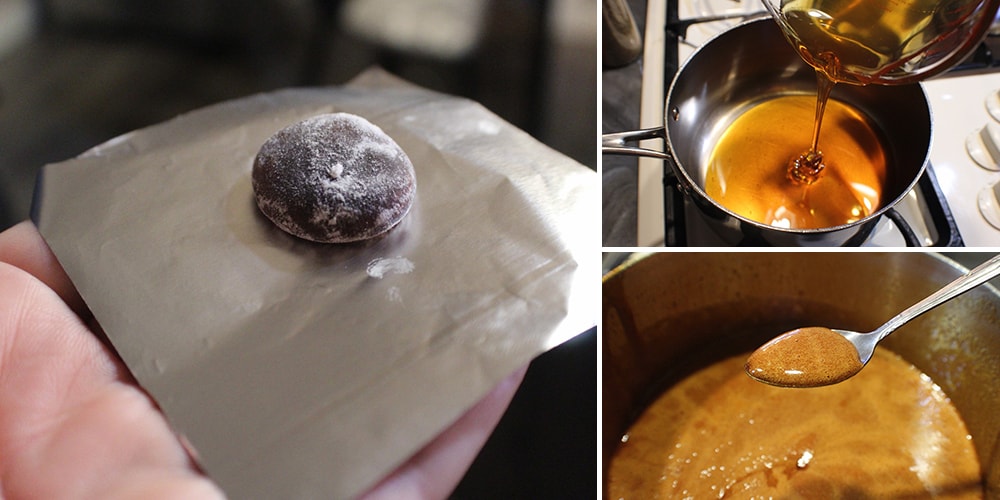
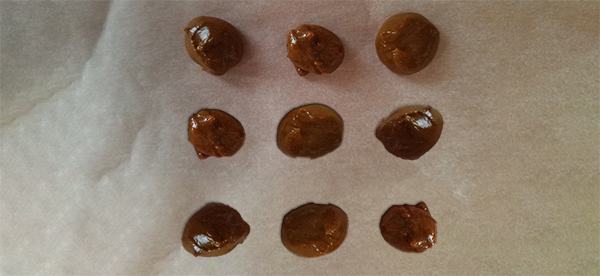
Thanks for showing such excellent pictures. I think I have these in my raspberry bed; but I’ll have to wait for spring to check for sure.
They stick to your clothes-a good indicator.
If anybody wants these my yard is full of them. May as well use them for something good!
Carol, where?!!!! I just got sheep last year and they’ve consumed all my South Mississippi wild yard herbs lol
I’ll be looking around the yard and woods this spring!
Love this. Collecting Cleavers and drying them now. Once you recognize them, they are easy to find at this time of year (in the South East). Cleavers literal cleave (stick) to you.
I have made a tincture with vodka. How many drops should be taken per day?
Hi Nancy,
You can start with 15 drops/ 2 or 3 times a day and see how you react to this remedy.
Many blessings and good health!
Recommend recipe for making a poultice or infusion? Trying to reduce Abscesses. It was mentioned in the book.
You made wish to add that extended use can cause irritation to mouth and throat. But adding herbs like marshmallow root will protect you.